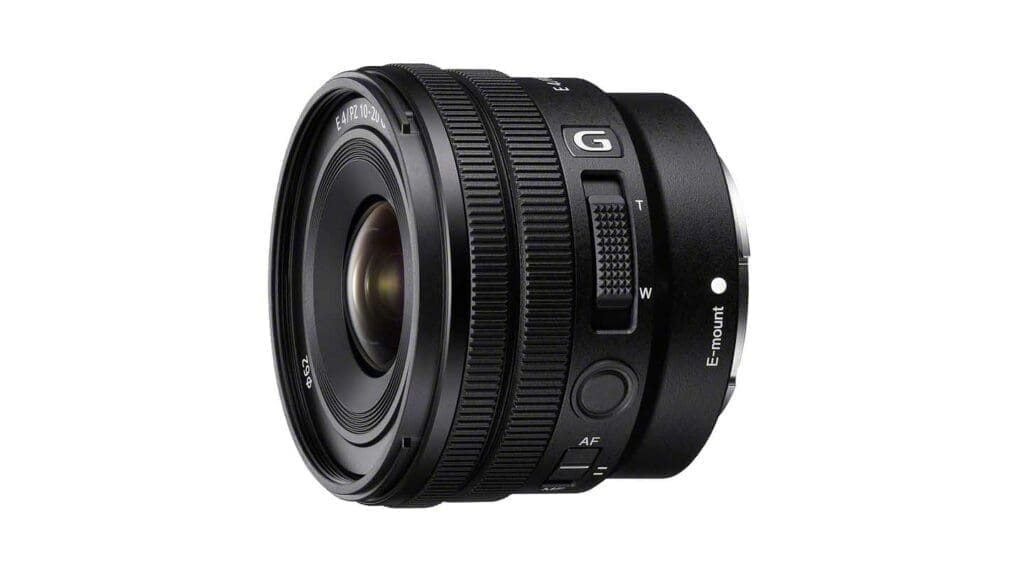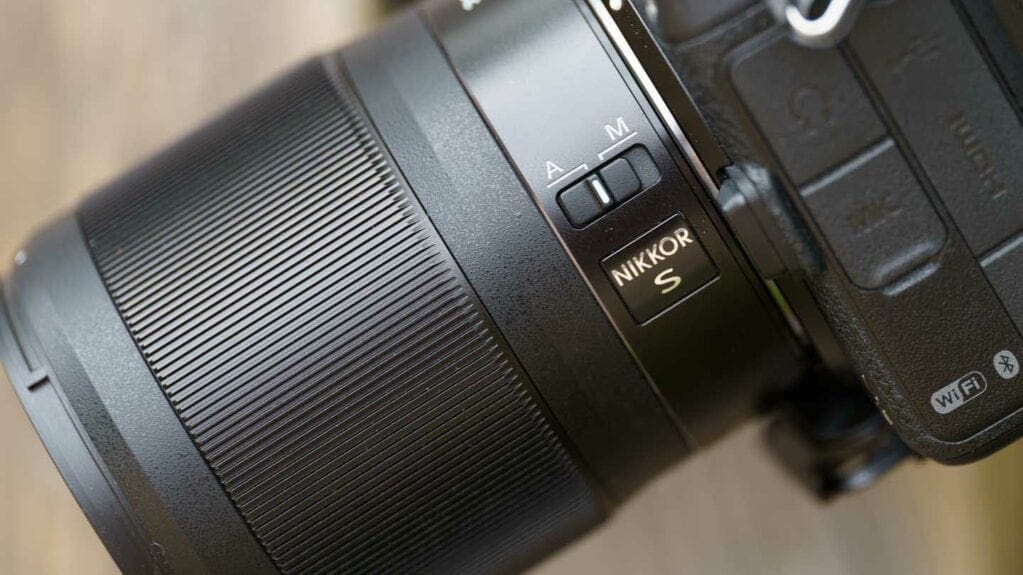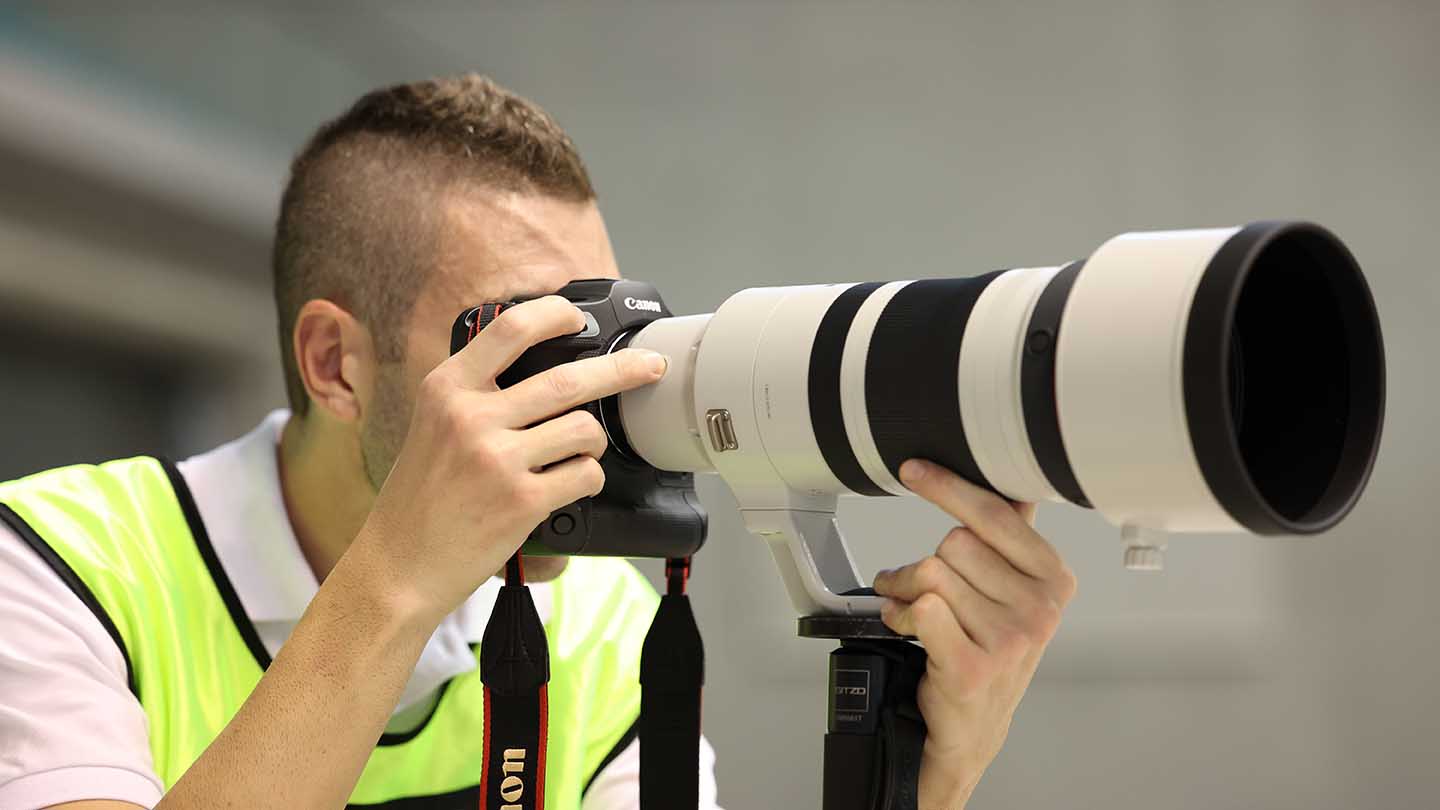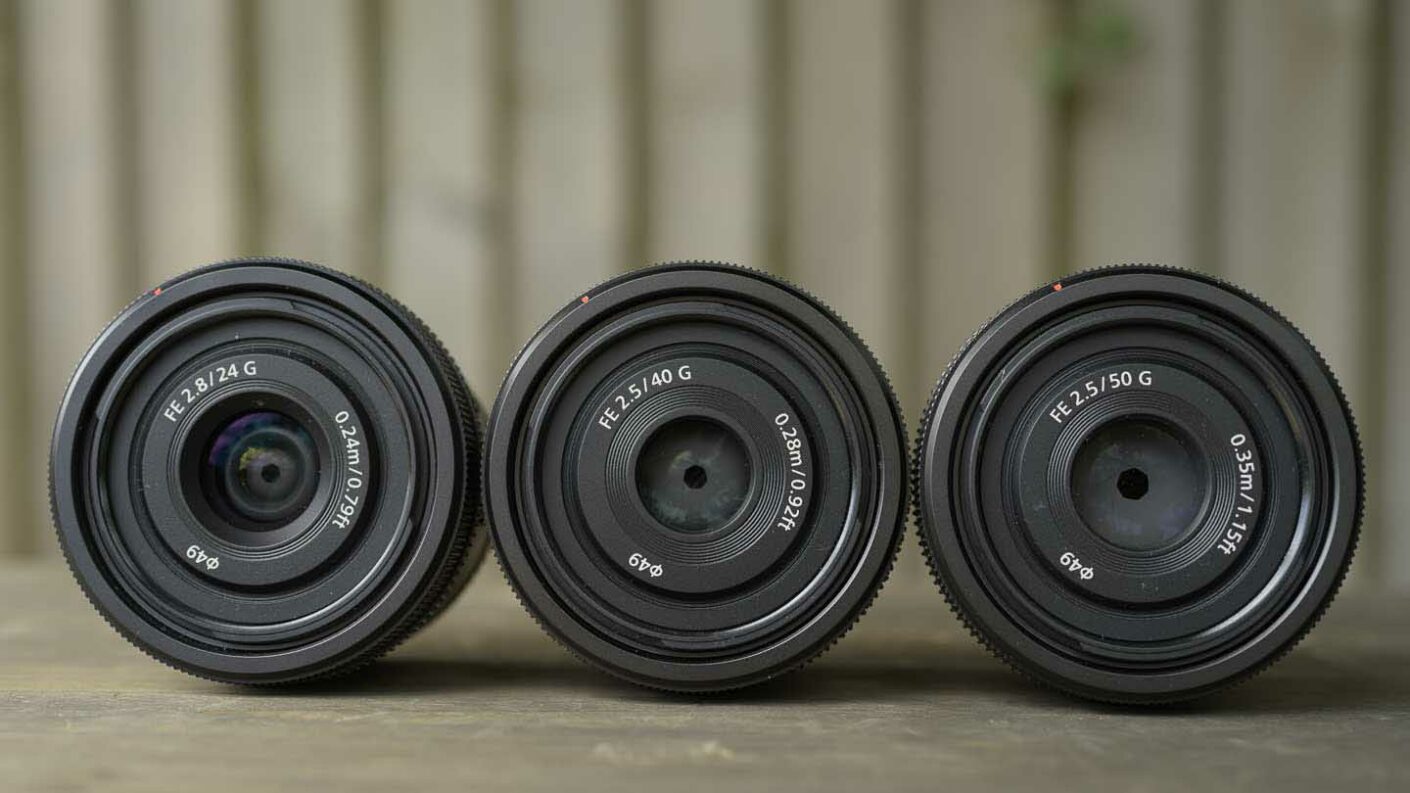Photography is a blend of art and science, a harmony between vision and equipment. After a year with your first interchangeable lens camera, you’re no longer a newbie – congratulations are in order! You’ve shot countless frames and experimented with different camera settings. You’ve felt both the joy of capturing the perfect moment and the frustration of missing it. And through it all, your kit lens has been a reliable companion. But is it enough?
Perhaps you’ve found yourself in situations where your kit lens simply couldn’t capture what you envisioned. Maybe the landscape seemed too vast, or a bird in the distance too small. Or perhaps you’ve wanted to shoot in low light without cranking up the ISO and sacrificing image quality. The truth is, while your kit lens is a great starting point, it has limitations.
Using different lenses open up a world of creative possibilities. They can transform the way you capture and perceive the world around you. Each lens comes with a unique set of features and constraints that influence the composition, detail, and emotional impact of your photos. Whether you want to broaden your horizons – quite literally with a wide-angle lens – or zoom in on life’s finer details, investing in different lenses can take your photography to new heights.
So if you’re ready to diversify your photographic toolkit, and elevate your craft to a professional level, read on. This guide will help you understand the different types of lenses available, their benefits, and how to choose the right one for your needs.
- For more on how to choose the right equipment for your needs, see our guides on Photography for beginners and Understanding different camera types, as well as our range of camera buying guides
Different types of lenses and their benefits
As you venture deeper into the realm of photography, you’ll soon realise that your camera is only as good as the lens you attach to it. Each lens offers a distinct way of looking at the world, like varying brushes in an artist’s kit – each bringing its own texture, detail, and emotional nuance to the canvas. The lens you choose can dramatically affect what you’re able to capture and how you’re able to capture it.
In this section, we will explore the diverse array of lenses available on the market, highlighting the specific benefits of each. Whether you’re an aspiring landscape photographer yearning for a broader vista or a portrait enthusiast aiming to isolate your subjects from the background, there’s a lens designed to meet your creative objectives.
Use this introduction as a gateway to understanding the versatility and creative possibilities that different lenses bring to your photography.

Wide-Angle Lens
Benefits
- Captures more of a scene in the frame
- Ideal for landscape and architecture photography
- Great for capturing large groups of people
Wide-angle lenses have smaller focal lengths, typically ranging from 14mm to 35mm. They provide a broad view of your scene, making them excellent for landscapes, architecture, and interior shots.
Wide-angle lenses allow you to capture expansive vistas, making every landscape photo a work of art. With a shorter focal length, these lenses provide a broad view that can make small spaces look larger and more open. If you’re into capturing breathtaking landscapes, cityscapes or even large group photos, a wide-angle lens is a must-have.

Standard Lens
Benefits
- Versatile for everyday shooting
- Provides a ‘natural’ field of view
- Good for portraits, street photography, and more
A standard lens has a focal length ranging from 35mm to 70mm. It’s versatile and provides a field of view roughly similar to the human eye, making it a jack-of-all-trades in your camera bag.
A standard lens is often considered the go-to for everyday photography. With a natural angle of view that closely mimics human vision, these lenses are incredibly versatile. Whether you’re shooting casual portraits, candid street scenes, or even moderate landscapes, a standard lens offers the flexibility you need for a wide array of shots.
- See our guides to the Best 35mm lenses and Best 50mm lenses

Telephoto Lens
Benefits
- Enables you to zoom in on distant subjects
- Ideal for wildlife, sports, and portrait photography
- Produces a pleasing background blur
Telephoto lenses have longer focal lengths, usually from 70mm to 200mm and beyond. They are perfect for capturing distant subjects and come in particularly handy for wildlife and sports photography.
Telephoto lenses excel in bringing far-away subjects into clear focus. This makes them invaluable for wildlife photographers who need to keep a safe distance from their subjects or sports photographers capturing fast-paced action from the sidelines. Many telephoto lenses also offer beautiful bokeh, which can make your subject stand out against a softly blurred background.
- See our guide to the Best telephoto zoom lenses
Macro Lens
Benefits
- Captures small subjects in great detail
- Perfect for close-up shots
- Ideal for nature and product photography
A macro lens gives you the ability to focus on subjects that are extremely close to the lens, capturing tiny details that would be impossible to see with the naked eye. Whether you’re shooting intricate textures, minute creatures, or even detailed product shots, a macro lens provides a level of clarity and detail that is second to none.
- See our guides to the Best macro lenses and Macro lenses explained
Prime Lenses vs Zoom Lenses
You’ve probably heard photographers mention prime and zoom lenses, perhaps sparking your curiosity about which is best for your specific needs. Both have unique advantages and limitations, and understanding these can greatly influence not only the quality of your photos but also your overall shooting experience. It’s like choosing between a Swiss Army knife and a specialised tool; each has its merits depending on the task at hand.
In this section, we’ll delve deeper into the distinct benefits and drawbacks of prime and zoom lenses. Whether you’re looking for versatility, image quality, or a bit of both, this guide will help you make an informed decision on which type of lens is the perfect addition to your camera bag.
- See our guide to the Best portrait prime lenses
Prime Lenses
Benefits
- Generally offer better image quality
- Usually have larger apertures for better low-light performance
- Lightweight and compact
Drawbacks
- Fixed focal length; you must physically move to adjust the frame
Zoom Lenses
Benefits
- Highly versatile with variable focal lengths
- Good for capturing subjects at varying distances
- Convenient for situations where you can’t move around easily
Drawbacks
- Generally smaller apertures, meaning lower performance in low-light conditions
- May compromise slightly on image quality
Final Thoughts
Your choice of lens can dramatically affect your photography. Whether you opt for a wide-angle, standard, telephoto, or macro lens – or a combination – each will bring its unique capabilities to your camera setup. Between the options of prime and zoom lenses, consider your subject matter and how much flexibility you need in the field. No single lens can do it all, but the right lens can certainly elevate your work to the next level.
So, go ahead and explore your options. You’ve honed your skills; now it’s time to expand your toolkit. Happy shooting!




